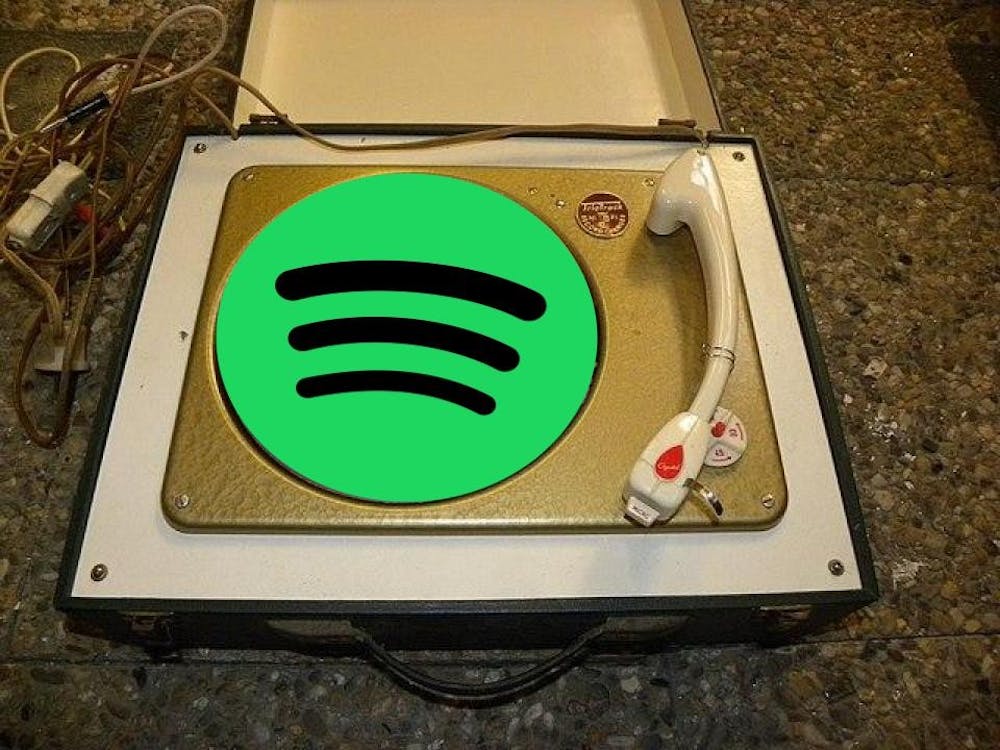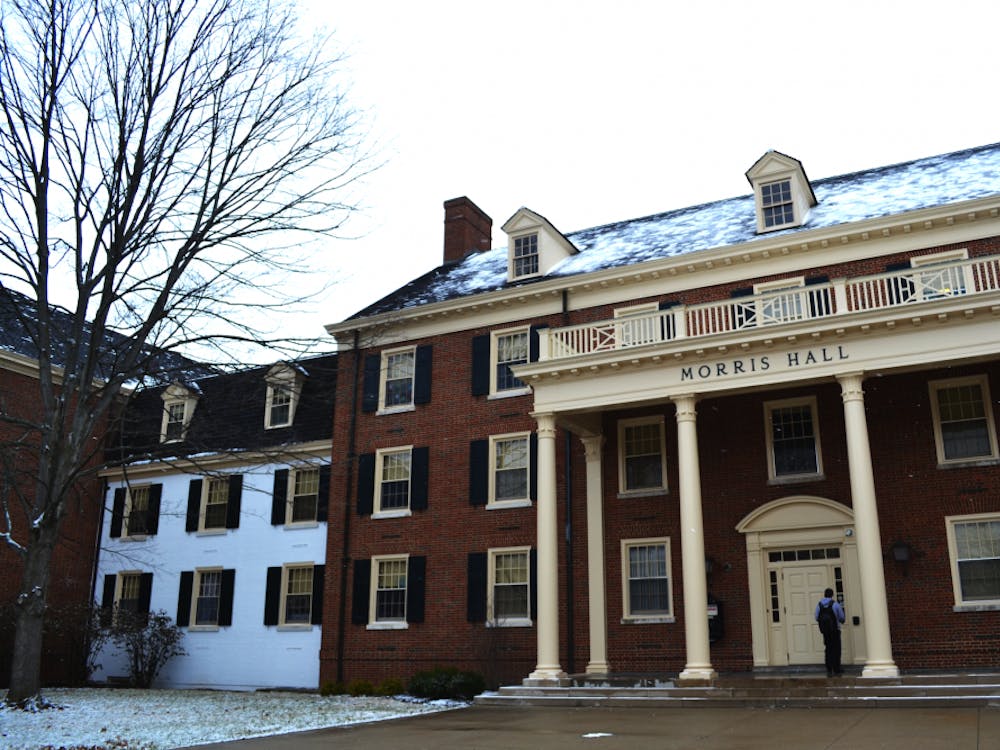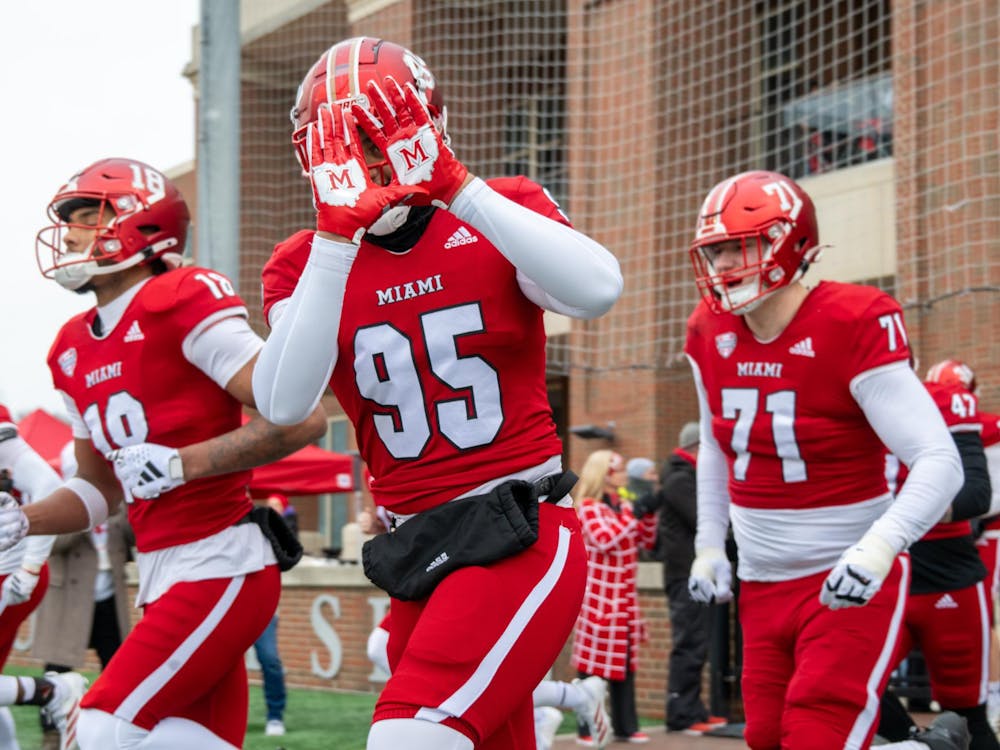In the ’80s, consumers mainly listened to music through cassette tapes, vinyl records and radio.
Todd Stuart, director of arts management and entrepreneurship for the College of Creative Arts, recalls music being a large part of his life during his college years in the late ’80s. He remembers going to play pinball every Friday night at a bar, playing vinyl records in the jukebox.
“Music certainly was a driver in sort of understanding or being part of the culture when I was a student,” Stuart said. “Music was always playing — we're talking about music, we're listening to music, we're going to concerts — so it's just part of sort of everyday life.”
When Napster, a digital file sharing application, was introduced in the ’90s, the music industry digitized.
“All of a sudden you went from some digital and some analog to really it went sort of all digital,” Stuart said. “Record stores went out of business overnight.”
This drastic shift in the way we listen to music also changed how college students behave. Instead of going out of our way to regularly listen to music, students carry their songs with them.
“Once you get your iPhone with all your music on it, you have thousands of songs with you all the time,” Stuart said.
The digitization of music brings both positives and negatives. For one, we may not experience the best version of a song through our phones. Stuart said analog music has a wider tonal range because converting music to digital compresses the sound.
Still, Stuart said the modern ways of listening to music open up doors within the industry. Artists can connect with their audiences in ways they weren’t able to before.
“The big difference between then and today is that many artists control their streaming, a lot of streaming platforms, and I can go and search so many different artists,” Stuart said. “And the amount of music that’s out there, I mean, I have students who have music on Spotify.”
While a universal sound for college students may not exist anymore, students can still be a part of a community through technology.
“Today, I think musicians can build their own community with people who are their listeners, whereas back in the ’80s and even ’90s, we didn't know who your listeners were, you have no control of that,” Stuart said. “Now, artists have control. Let's say they’re gonna drop an album, you’re on their email list and you get their album a lot sooner.”
Enjoy what you're reading?
Signup for our newsletter
Although music is a unifying tool, streaming platforms make listening to music an increasingly individual experience. While Stuart would gather with friends in a bar to listen to music from a jukebox, students can listen to music anywhere, often alone.
Maddie Bugai, a junior creative and professional writing major, notes how music has impacted her life as a student.
“Music definitely enhanced [my college experience] ... even just studying or having music playing around the campus buildings has helped me focus,” Bugai said.
Awa Jallow, a sophomore double majoring in public health and data analytics, says that music is a part of her daily life. Unlike in the past, Jallow can bring her music with her everywhere thanks to her phone.
“It helps me destress if I’m at the gym or if I’m just walking around,” Jallow said. “Sometimes I use it to just tune people out. [Without music] I feel like I would be forced to be more attentive and aware of my surroundings.”




